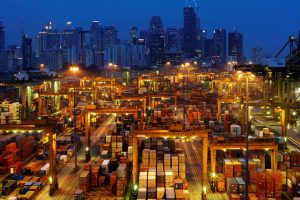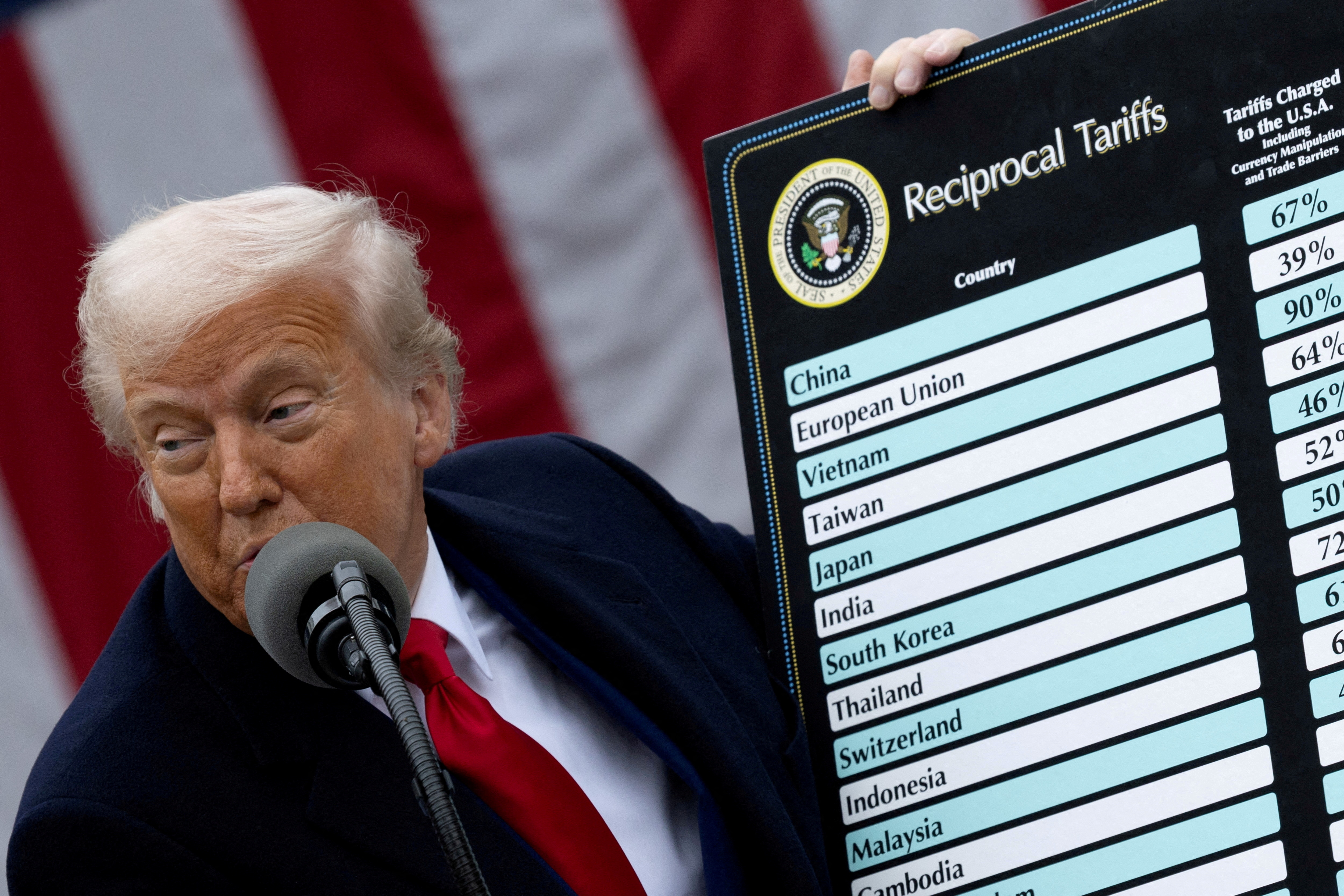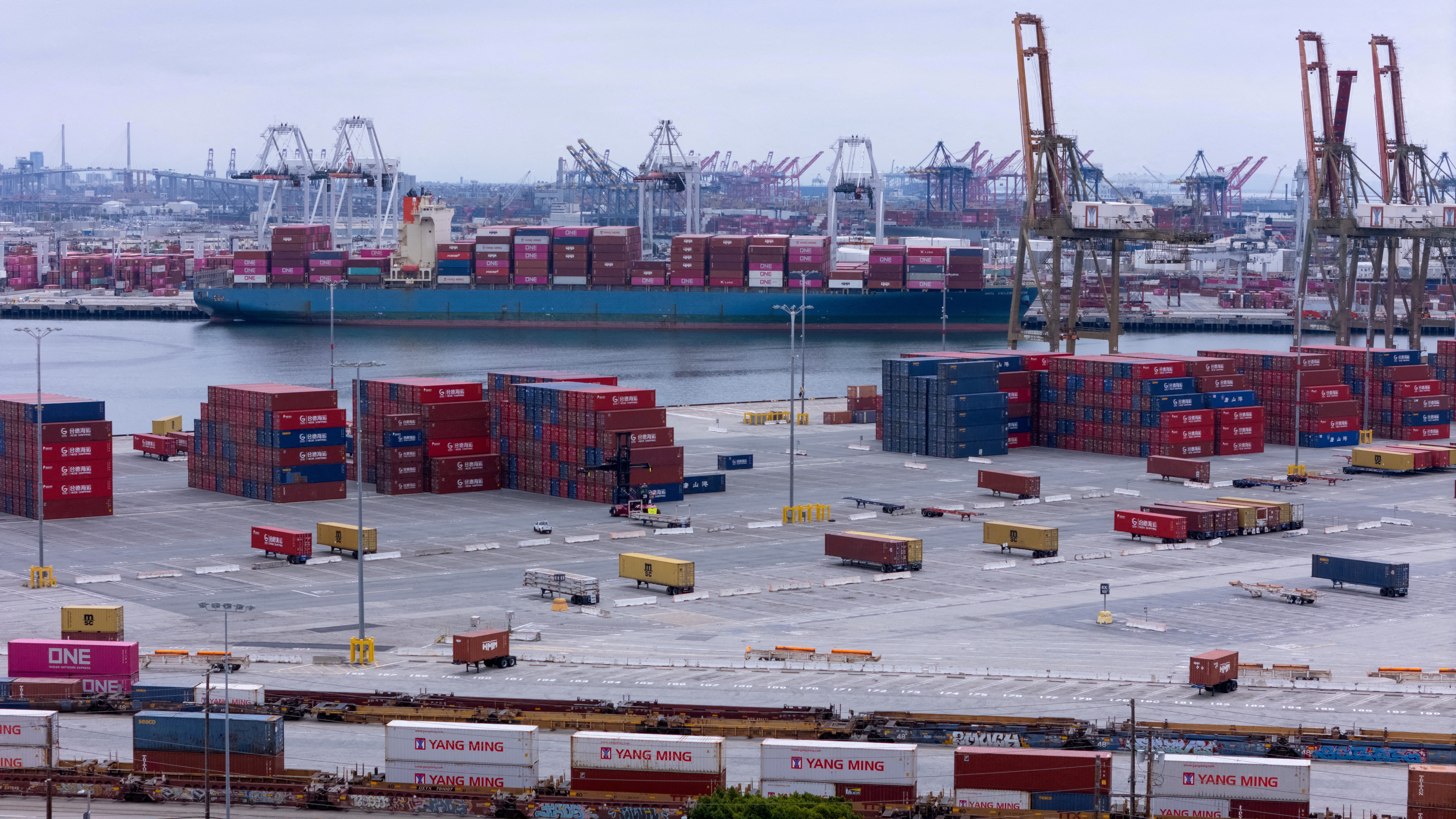SHAH ALAM, Aug 7 — Malaysia must fully capitalise on its 16 existing Free Trade Agreements (FTAs), including the Comprehensive and Progressive Agreement for Trans-Pacific Partnership (CPTPP) and the Regional Comprehensive Economic Partnership (RCEP), to explore new markets and reduce its reliance on exports to the United States (US).
Universiti Putra Malaysia's School of Business and Economics' Deputy Dean of Research Prof Normaz Wana Ismail said the majority of these agreements offer zero tariff rates, thereby providing Malaysia with significant opportunities to expand its existing markets.
“Through these agreements, Malaysia has the chance to tap into broader markets and, in doing so, reduce dependence on traditional markets such as the US by shifting exports to countries within these trading blocs,” she told Media Selangor.

Normaz added that Malaysia has long-established strong trade relations with Asean, China, the European Union, and the US, which contribute substantially to the nation’s total trade – approximately 26 per cent, 16.8 per cent, 7.6 per cent, and 11.3 per cent, respectively.
“This shows that Malaysia already has a broad trade foundation and still has ample room to explore alternative markets,” she said.
Normaz emphasised that Malaysia must strengthen its participation in global value chains (GVC) by increasing the value-added component of its local raw materials and reducing dependence on imported inputs.
“My research shows that Malaysia’s GVC participation remains heavily reliant on international raw materials. Therefore, we need a strategic plan to shift this pattern and better utilise domestic resources.
"This effort is crucial to enhancing our involvement in global value chains,” she said.
The lecturer also stressed the importance of strengthening the research and development (R&D) sector and advancing high-technology trade, including products like medical gloves, which are classified as high-tech goods.
“That is just one example — there are many other potential sectors, including the chemical, electrical and electronics (E&E) industries, as well as future-focused fields like digitalisation and robotics, which are key national agendas.
“Malaysia has the technological capacity and must elevate this potential if we aim to attain high-income nation status,” Normaz said.
In her view, the nation must build a strong industrial support ecosystem and take advantage of its trade relationships with over 200 global partners, so as to ensure its economic resilience in a challenging global environment.
“In the long term, Malaysia must diversify its export destinations and avoid excessive reliance on the US market.
“With over 200 trade partners and involvement in numerous trade agreements, we are well-positioned to increase both the volume and value of international trade,” Normaz said.
On Friday (August 1), the new US tariff rate for Malaysia was announced at 19 per cent — a reduction of six per cent from the previously announced 25 per cent on July 7.
Aside from Malaysia, four other Asean nations: Thailand, Indonesia, the Philippines, and Cambodia, were also subjected to the same tariff rate.






